Features in the new Geekbench 6.1 update lead to higher scores for core performance, so users shouldn't compare results to older versions of the app.
Geekbench, a well-known benchmarking platform, has recently launched version 6.1, which brings enhancements to multi-core performance, an upgrade to Clang 16, and introduces various additional features.
As a result of the update, Geekbench 6.1 demonstrates single-core scores up to 5% higher and multi-core scores up to 10% higher compared to Geekbench 6.0. As a result, the company advises users to refrain from comparing Geekbench 6.1 scores against Geekbench 6.0 scores.
Geekbench 6.1 — Updates
- Geekbench 6.1 incorporates Clang 16 for its development across all platforms. Additionally, optimizations switches used during the building process of Geekbench have been improved in version 6.1.
- To minimize thermal throttling and reduce run-to-run variability on newer smartphones like the Samsung Galaxy S23, Geekbench 6.1 extends the workload gap (the pause between workloads) from two to five seconds.
- It supports SVE (Scalable Vector Extension) instructions in several image processing and machine learning functions. Furthermore, it includes support for AVX512-FP16 instructions in various image-processing tasks.
- To accommodate systems without FP16 (floating-point 16-bit) instructions, Geekbench 6.1 incorporates fixed-point implementations of several image processing functions, utilizing fixed-point math.
- Notably, Geekbench 6.1 enhances the multi-core performance of the Background Blur and Horizon Detection workloads, particularly on high-end desktop processors such as 12- and 16-core AMD Ryzens, AMD Threadrippers, and Intel Xeons.
The most recent edition of Primate Labs' cross-platform CPU and GPU benchmark tool is now available for users to download. It requires a Mac with at least 4GB of RAM running macOS 11 Big Sur or later and is compatible with Apple Silicon and Intel processors.
Geekbench is a popular cross-platform benchmarking tool used to assess the performance of computer systems. It measures the processing power and capabilities of CPUs, GPUs, and other hardware components.
The app provides users with numerical scores and comparisons to evaluate the performance of different devices and configurations. It's commonly used by people to gauge the capabilities of various systems and make informed decisions regarding hardware upgrades or purchases.
 Andrew Orr
Andrew Orr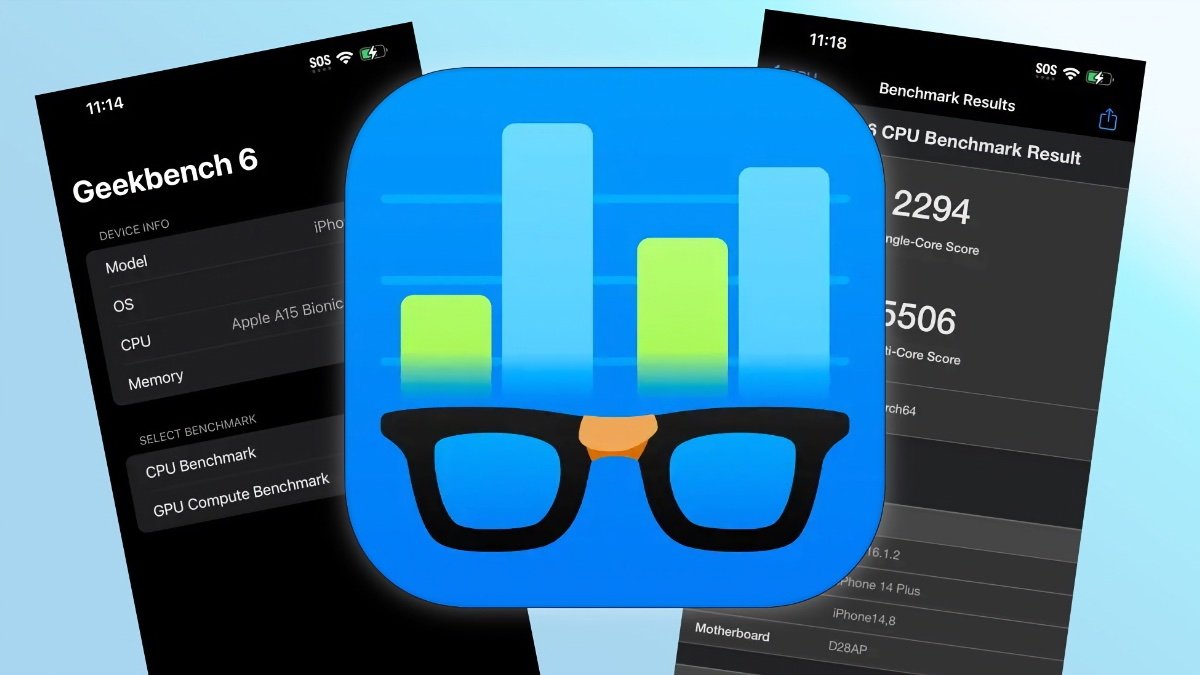



-xl-m.jpg)




 Chip Loder
Chip Loder
 Christine McKee
Christine McKee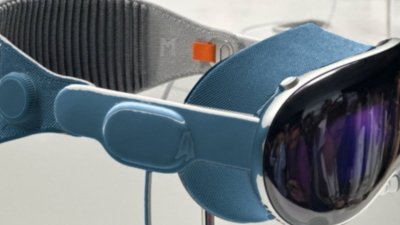
 William Gallagher
William Gallagher
 Amber Neely
Amber Neely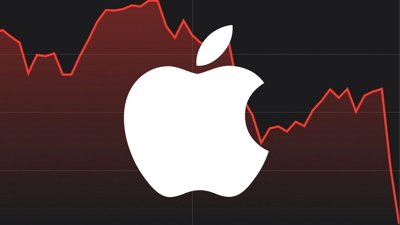
 Malcolm Owen
Malcolm Owen
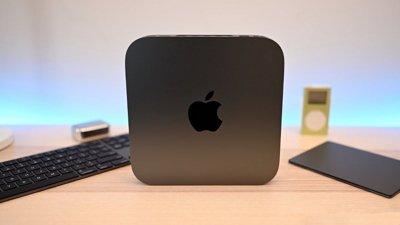
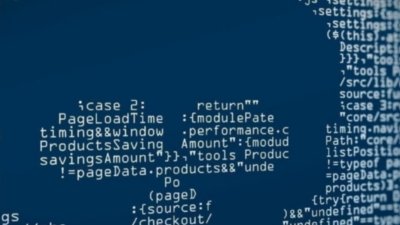



-m.jpg)






There are no Comments Here, Yet
Be "First!" to Reply on Our Forums ->